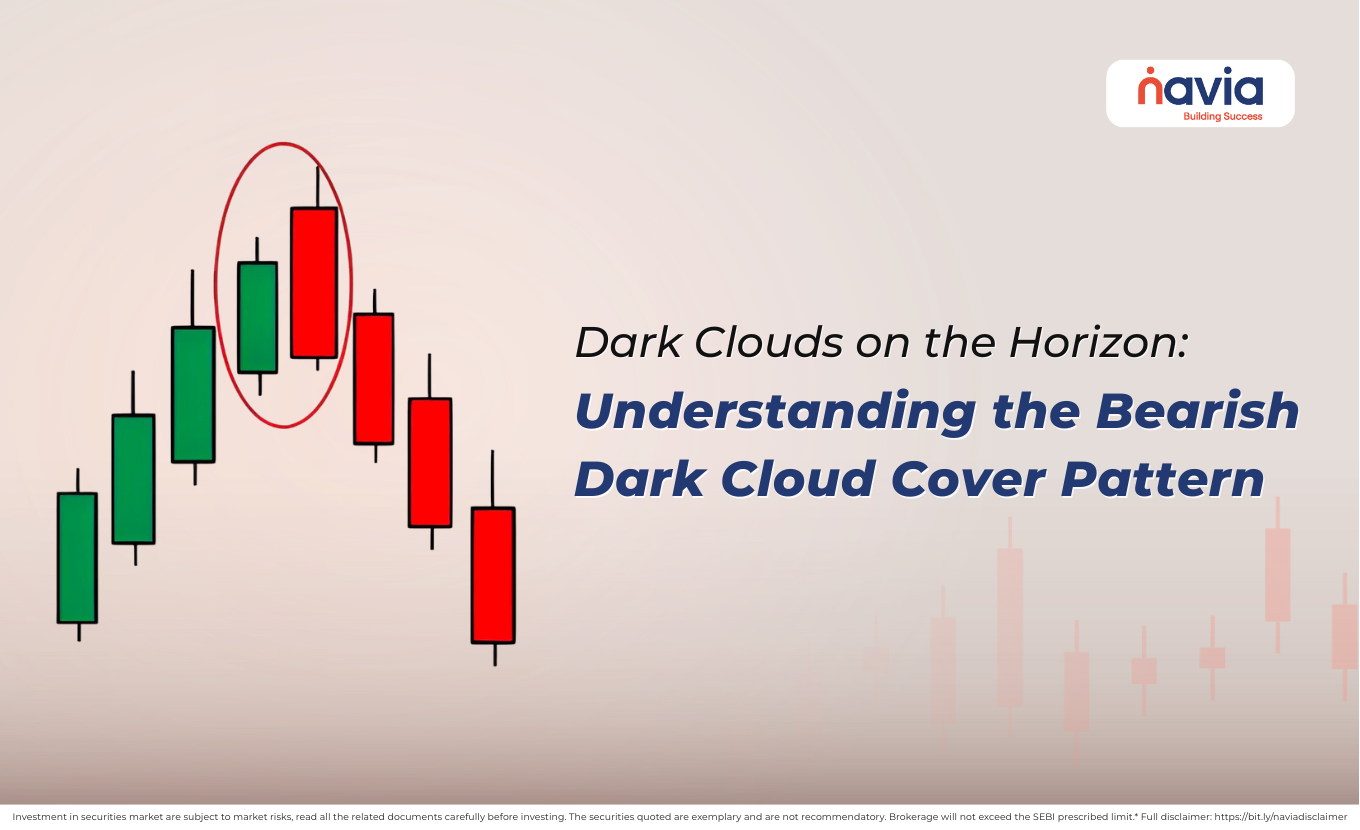Money Flow Index (MFI)

Introduction
The Money Flow Index (MFI) is a momentum indicator that measures the flow of money into and out of a security over a specific period. Known as the “volume-weighted RSI,” it considers both price and volume to identify overbought and oversold conditions. For new traders and investors, the MFI is a valuable tool to make informed decisions. Let’s dive into what the MFI is, how to use it, and provide examples with the most common settings.
What Is the Money Flow Index (MFI)?
The MFI oscillates between 0 and 100 and uses both price and volume data to:
🠖 Identify Overbought Conditions: MFI above 80 may indicate a potential reversal to the downside.
🠖 Identify Oversold Conditions: MFI below 20 may indicate a potential reversal to the upside.
The MFI provides signals similar to the RSI but incorporates volume, making it more comprehensive for analyzing market trends.
How to Use the MFI?
1. Overbought and Oversold Levels
● Above 80: Overbought (potential for a price correction or reversal).
● Below 20: Oversold (potential for a price recovery or reversal).
Example:
If a stock’s MFI rises above 80, it may indicate that buying pressure is overextended, signaling a potential reversal. Conversely, if the MFI falls below 20, it suggests overselling, signaling a potential bounce.
2. Divergence
● Bullish Divergence: When the price makes a lower low, but the MFI makes a higher low, it suggests the selling pressure is weakening, and a reversal to the upside may occur.
● Bearish Divergence: When the price makes a higher high, but the MFI makes a lower high, it indicates weakening buying pressure, signaling a potential reversal to the downside.
Example:
If a stock falls to ₹100 (lower low), but the MFI rises from 18 to 25 (higher low), it signals a bullish divergence and a potential price increase.
3. Breakouts and Breakdowns
The MFI can confirm price breakouts or breakdowns:
● A sudden rise in the MFI during a price breakout indicates strong buying momentum.
● A sharp drop in the MFI during a price breakdown indicates strong selling momentum.
Example:
If a stock trading at ₹200 breaks above resistance with its MFI rising above 70, it confirms the breakout’s strength.
Example Scenarios
| Scenario | MFI Level | Signal | Trading Insight |
| Overbought Condition | MFI > 80 | Asset may be overbought, watch for reversal. | Consider selling or taking profits. |
| Oversold Condition | MFI < 20 | Asset may be oversold, watch for reversal. | Consider buying or entering a position. |
| Bullish Divergence | MFI rises as price falls | Potential upward reversal. | Look for a buying opportunity. |
| Bearish Divergence | MFI falls as price rises | Potential downward reversal. | Look for a selling opportunity. |
| Confirmed Breakout | MFI rises above 70 | Indicates strong buying momentum. | Consider buying with confidence. |
| Confirmed Breakdown | MFI drops below 30 | Indicates strong selling momentum. | Consider selling or shorting. |
Common Settings for MFI
The default and most common settings for the Money Flow Index are:
1. Period:
🠖 14 periods (default)
This calculates the MFI using price and volume data over the last 14 candles (e.g., days, hours, or minutes).
2. Overbought Level:
🠖 80
Indicates excessive buying and a potential reversal.
3. Oversold Level:
🠖 20
Indicates excessive selling and a potential rebound.
How MFI Is Calculated (Simplified)?
🔸 Calculate the Typical Price: (High+Low+Close)/3(High + Low + Close) / 3(High+Low+Close)/3
🔸 Multiply the Typical Price by Volume to get the Money Flow.
🔸 Separate Positive Money Flow (up days) from Negative Money Flow (down days).
🔸 Compute the Money Flow Ratio: PositiveMoneyFlow ÷ NegativeMoneyFlowPositive Money Flow ÷ Negative Money FlowPositiveMoneyFlow ÷ NegativeMoneyFlow
🔸 Calculate the MFI: 100−(100÷(1+MoneyFlowRatio))100 – (100 ÷ (1 + Money Flow Ratio)) 100−(100÷(1+MoneyFlowRatio))
Best Practices for Using the MFI
1. Combine with Other Indicators: Use the MFI alongside RSI, MACD, or Bollinger Bands for confirmation.
2. Look for Volume Spikes: Sudden MFI spikes often indicate strong price moves.
3. Adjust Period for Your Style: Shorter periods (e.g., 9) provide quicker signals but may be noisier; longer periods (e.g., 20) are smoother and better for long-term analysis.

MFI Strategy in Action
Example 1: Overbought Condition
🠖 Scenario: A stock rises from ₹150 to ₹200, and the MFI climbs to 85.
🠖 Action: Consider selling or avoiding new purchases as the stock may be overbought.
🠖 Outcome: The stock corrects to ₹180, validating the MFI signal.
Example 2: Bullish Divergence
🠖 Scenario: A stock falls to ₹100, but the MFI rises from 18 to 25.
🠖 Action: Consider buying as the bullish divergence signals reduced selling pressure.
🠖 Outcome: The stock rebounds to ₹120, confirming the reversal.
Key Tips for Beginners
1. Start with Default Settings: Use the 14-period MFI with 80/20 levels for simplicity.
2. Backtest Signals: Practice identifying MFI signals on historical charts to gain confidence.
3. Avoid Using in Isolation: Combine MFI signals with other technical tools and price action.
Conclusion
The Money Flow Index is a powerful tool for traders looking to combine price and volume analysis. By identifying overbought and oversold conditions, confirming breakouts, and spotting divergences, the MFI can enhance your trading strategy. Start with the default settings, practice on demo charts, and gradually refine your approach as you gain experience.
Happy Trading!
Do You Find This Interesting?
DISCLAIMER: Investments in the securities market are subject to market risks, read all the related documents carefully before investing. The securities quoted are exemplary and are not recommendatory. Brokerage will not exceed the SEBI prescribed limit.






